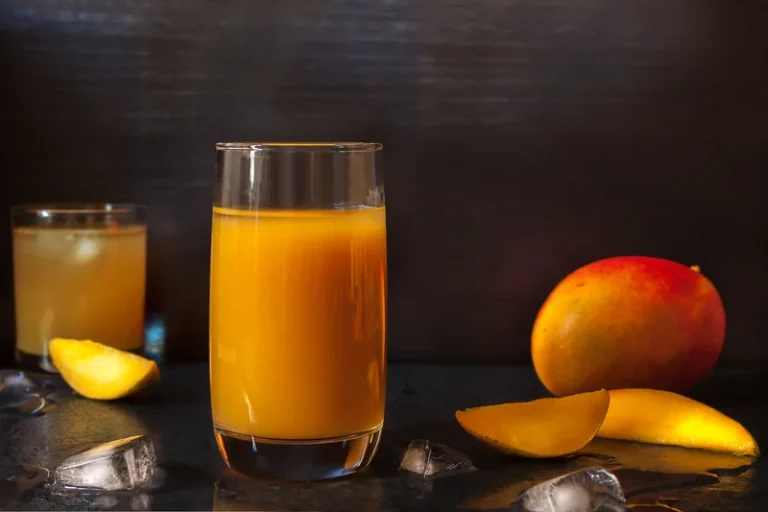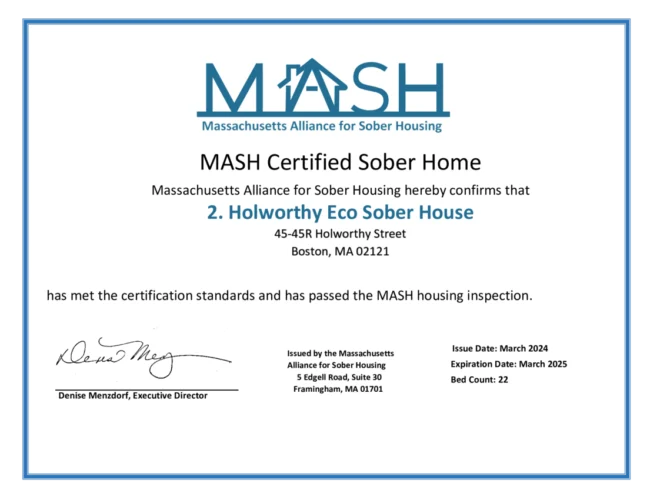
Addiction is a learned behavior; repeated exposure to addictive drugs can stamp in learning. Dopamine-depleted or dopamine-deleted animals have only unlearned reflexes; they lack learned seeking and learned avoidance. Burst-firing of dopamine neurons enables learning—long-term potentiation (LTP)—of search and avoidance responses. It sets the stage for learning that occurs between glutamatergic sensory inputs and GABAergic motor-related outputs of the striatum; this learning establishes the ability to search and avoid. Independent of burst-firing, the rate of single-spiking—or “pacemaker firing”—of dopaminergic neurons mediates motivational arousal.
- Together with OSU6162’s favourable side effect profile [198, 197, 199], these results render support for a larger placebo‐controlled efficacy trial in alcohol‐dependent patients to evaluate OSU6162’s effect on drinking outcomes.
- Albeit the preclinical data look promising regarding the glycine transporter‐1 inhibitor Org25935, the multicenter randomized clinical trial produced a negative outcome on alcohol intake, but did not discard the potential importance of the mechanism [207].
- Scientists who study neurological and psychiatric disorders have long been interested in how dopamine works and how relatively high or low levels of dopamine in the brain relate to behavioral challenges and disability.
- 4, the final quinpirole treatment time points (i.e., after 30 min in quinpirole) were analyzed with a two-factor ANOVA (treatment group and region).
- For example, the activity of mRNA binding protein fragile-X mental retardation protein (Fmrp), which plays an important role in translation [47], is enhanced by alcohol in the hippocampus of mice resulting in alteration in the expression of synaptic proteins [48].
About the Author
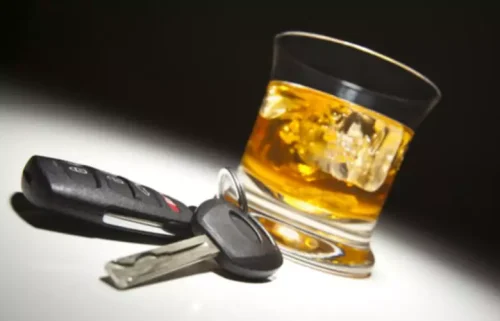
Neither compound had an effect on maintenance of chronic alcohol drinking [157], which is in line with a study showing that clozapine did not reduce alcohol consumption in alcohol‐preferring rats [155]. Advances in neuroscience continue to shed light onto regulatory mechanisms relevant for alcohol use. A striking example is the discovery that certain neurotransmitters, such as serotonin [109] and dopamine [110], can covalently bind to histones and act as epigenetic marks to regulate gene expression. Histone dopaminylation was further shown to influence addiction-like behaviors in the context of cocaine exposure in mice [110]. This novel mechanism could have far reaching implications for other drugs of abuse, including alcohol, which are known to increase dopamine levels in the mesolimbic system [72]. Another example of a recent discovery facilitated by novel approaches is that aldehyde dehydrogenase 2 (ALDH2) in cerebellar astrocytes promotes alcohol metabolism, GABA production and ethanol-induced intoxication in mice [11].
Dopamine and Alcohol Dependence: From Bench to Clinic
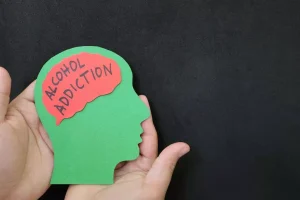
“Now, our drug of choice doesn’t even get us high. It just makes us feel normal. And when we’re not using, we’re experiencing the universal symptoms of withdrawal from any addictive substance, which are anxiety, irritability, insomnia, dysphoria and craving.” When we’re repeatedly exposed to our pleasure-producing stimuli, our brains adjust and, eventually, we need more and more just to feel “normal,” or not in pain. That’s called a “dopamine deficit state,” and the cycle that leads us there can actually lead to depression, anxiety, irritability and insomnia. A dopamine hit brings about pleasure, and then is quickly followed by pain, or a come-down, in order to keep us motivated. Lembke says this balancing see-saw of pleasure and pain made sense in the time of early humans, when we had to constantly search for our basic needs – food, water, shelter. “It’s really an ingenious method to make sure that no matter what we do, that’s pleasurable. It doesn’t last very long and it’s followed by pain so that immediately we’re searching again,” she explains.
Level 1: Genetic factors in AUD
The drug was generally well-tolerated, with most side effects characterized as mild or moderate and quickly resolved. “With Nalmefene, we seem to be able to ‘block the buzz’ which makes people continue to drink larger amounts. With such a harm reduction approach, a new chapter in treating alcoholism could be opened,” said Mann. A one-factor ANOVA with Tukey’s post hoc test was used to compare the average lifetime alcohol intake between cohorts. Two-factor ANOVAs (stimulation intensity and treatment group) were used for the input–output curve experiments examining dopamine release.
- Prefrontal cortical circuits have been implicated in impaired executive control that underlies excessive drinking, as well as weakened cognitive function in AUD.
- The reduction in production of these factors in addition to thiamine deficiency interrupts the cells’ defense mechanisms, notably the ability to reduce reactive oxygen species (ROS), leading to cellular damage.
- Nearly 20 years ago, Blakely’s team identified a profound behavioral change in worms when dopamine signaling is altered termed Swimming-induced-paralysis (Swip).
- Finally, preclinical and clinical studies evaluating the potential of available dopaminergic agents as well as indirect dopamine modulators as novel medications for alcohol dependence are discussed.
- In addition, there are dopamine projections from the VTA to the amygdala and the hippocampus, respectively, involved in reward associative learning and declarative memory formation [15, 17].
The study further found that men exhibit a greater release of dopamine when they drink than women. As a result, people with an alcohol addiction may consume even more alcohol in an unconscious effort to boost their dopamine levels and get that spark back. Dopamine also activates memory circuits in other parts of the brain that remember this pleasant experience and leave you thirsting for more. But over time, alcohol can cause dopamine levels to plummet, leaving you feeling miserable and desiring more alcohol to feel better. Proven treatments are already available to help people quit smoking, including counseling and medications such as the nicotine patch and gum, and prescription drugs varenicline and buproprion.
Dopaminergic burst-firing enables environmental learning
This supports the role of impaired response inhibition as a risk factor rather than a consequence of alcohol consumption. Interestingly, evidence suggests that dysregulation of the reward system in abstinent alcohol-dependent individuals can be ameliorated by pharmacological intervention. For example, naltrexone, a µ-opioid receptor antagonist, can attenuate the increased BOLD response to alcohol-related cues in the putamen and reduce risk of relapse [101]. Alcohol works on the brain to produce its desired effects, e.g., sociability and intoxication, alcohol dopamine and hence the brain is an important organ for exploring subsequent harms. These come in many different forms such as the consequences of damage during intoxication, e.g., from falls and fights, damage from withdrawal, damage from the toxicity of alcohol and its metabolites and altered brain structure and function with implications for behavioral processes such as craving and addiction. On top of that are peripheral factors that compound brain damage such as poor diet, vitamin deficiencies leading to Wernicke-Korsakoff syndrome.
What Happens To Your Brain When You Stop Drinking?
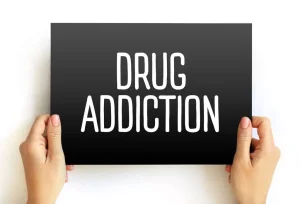
Excessive alcohol use is responsible for 2.3 million years of potential life lost (YPLL) annually, or an average of about 30 years of potential life lost for each death. In 2006, there were more than 1.2 million emergency room visits and 2.7 million physician office visits due to excessive drinking. The economic costs of excessive alcohol consumption in 2006 were estimated at $223.5 billion. To maintain balance and whole-heartedness, we have to strike a pleasure-pain balance, which, in a time of abundance and over-consumption, means intentionally avoiding pleasure and seeking the kind of purposeful pain that keeps us healthy, such as exercise or resisting certain temptations. These include your age, gender, overall health, body weight, how much you drink, how long you have been drinking and how often you normally drink. Dopamine is an important neurotransmitter involved in reward mechanism in the brain and thereby influences the development and relapse of AD.
